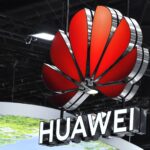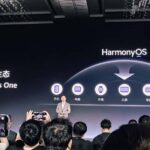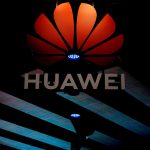
The Shenzhen-based tech giant recently unveiled its operating system called Harmony, which will help protect its global smartphone business from the escalating US-China trade war.
With the appearance of things, Huawei built its own OS to help save its smartphone business from a collapse triggered by the Trump led administration. If the trade war continues to escalate, switching from Android to Harmony could be quite an easy task for a big tech like Huawei. After all, it has the man power and resources. The tech giant employs over 180, 000 people globally and has the infrastructure to build a new lab and software. So, the challenge here is not finance-related. Far from it.
The tech giant already has experts to build the new app and put everything in place. However, the big challenge is building apps for a new system. Every app designer wants their product to be on platforms with numerous users. Android is a world-known product with so many apps taking position on a daily. Very notable apps like Uber, Taxify (for Nigerians), mobile apps for financial institutions, Facebook, Instagram, twitter, and the rest of them are powered by Android, and iOS. These already have numerous subscribers. Harmony is quite a late bloomer!
It will be really hard persuading people to buy phones powered by Harmony, a brand not supported by Google, Facebook and other popular apps. If Huawei fails to win these developers, the effort to build Harmony will be a waste. For now, Huawei still maintains its position in second place because it enjoys patronage from China where services like chrome, Facebook, Skype, LinkedIn and the rest are blocked.
It’s a good thing that Huawei understands that the success of this new product depends on “a dynamic ecosystem of apps and developers”. Without apps, there will be no patronage. The company said in a statement:
“To encourage broader adoption, Huawei will release HarmonyOS as an open source platform, worldwide. Huawei will also establish an open-source foundation and an open source community to support more in-depth collaboration with developers.”
Huawei will not be the first company to launch an open source platform. Other companies like Blackberry, Microsoft and Samsung did likewise but failed to attract patronage and developers regardless of their popularity. Samsung, number one smartphone maker struggled to gain traction with Tizeti but failed. The OS is now used on the company’s smart watches and TVs.
Microsoft released Windows. The apps it could not compete with its rivals; it had to shut down the platform. Blackberry did the same but could not compete with Android and iOS for long. The platform died a natural death. Releasing a new operating system is cheap. Making it sustainable and appealing depends largely on developers.
“From the developers’ point of view, the ease of bringing their apps and services to the end users, and how quickly they can monetise their work is very important,” Jason Low, an analyst from research firm Canalys said.
Huawei has a reason for building a new app when there are already two major players globally. The company is at the mercy of America when it comes to which OS will power its mobile phone. Android and iOS are both American techs. President Trump in May, put Huawei in an entity list barring the company from doing business with American firms, causing a strain on the company’s partnership with Google.
Even though users of Huawei were not affected, the ban limited Huawei from the public version of Android for its newer devices, cutting off services like Gmail, google maps and the rest.
Bottom line is, splurging $2000 on a device that cannot access YouTube or Gmail will be a waste of money.
Discover more from TechBooky
Subscribe to get the latest posts sent to your email.







